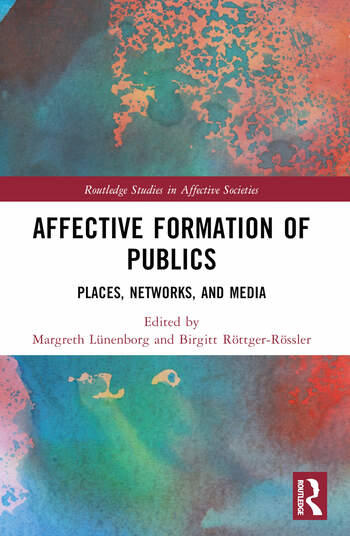Theater Publics in Motion: Affective Dynamics of the Theater and the Street, Berlin 1989
Matthias Warstat – 2024
In times of political upheaval or accelerated social change, the diverse publics of a society may well come into conflict with each other. This chapter will consider such a conflictual constellation between different publics, using the example of the weeks and months surrounding the fall of the Berlin Wall in 1989. In October and November 1989, political protests affected street publics in Berlin, manifesting in large gatherings and demonstrations on central squares. Theatres and their publics were involved: Actors from the ensemble of Heiner Müller's production Hamlet/Maschine, produced at the Deutsches Theater Berlin in 1989/90, took part in demonstrations for regime change in the German Democratic Republic such as the legendary Alexanderplatz demonstration on November 4, 1989. In the process, however, frictions and ruptures between theatre publics and street publics became noticeable. The stage became a place where resolutions were read out and panel discussions were held. For the ensemble members, however, the question arose as to whether their artistic work would still be able to reach out to the protesting people and to resonate with the dramatic events on the street. Street publics became more and more visible and powerful, whereas the role of the theatre as a place of public debate was challenged increasingly. The difficult relationship between theatre publics and street publics will be examined more closely – as an affective interplay between distance, proximity, competition, and mutual reinforcement.
How to cite:
Matthias Warstat. "Theater Publics in Motion: Affective Dynamics of the Theater and the Street, Berlin 1989." In Affective Formation of Publics. Places, Networks, and Media, edited by Margreth Lünenborg and Birgitt Röttger-Rössler, 50–66. Routledge Studies in Affective Societies. London/New York: Routledge, 2024. https://doi.org/10.4324/9781003365426.
